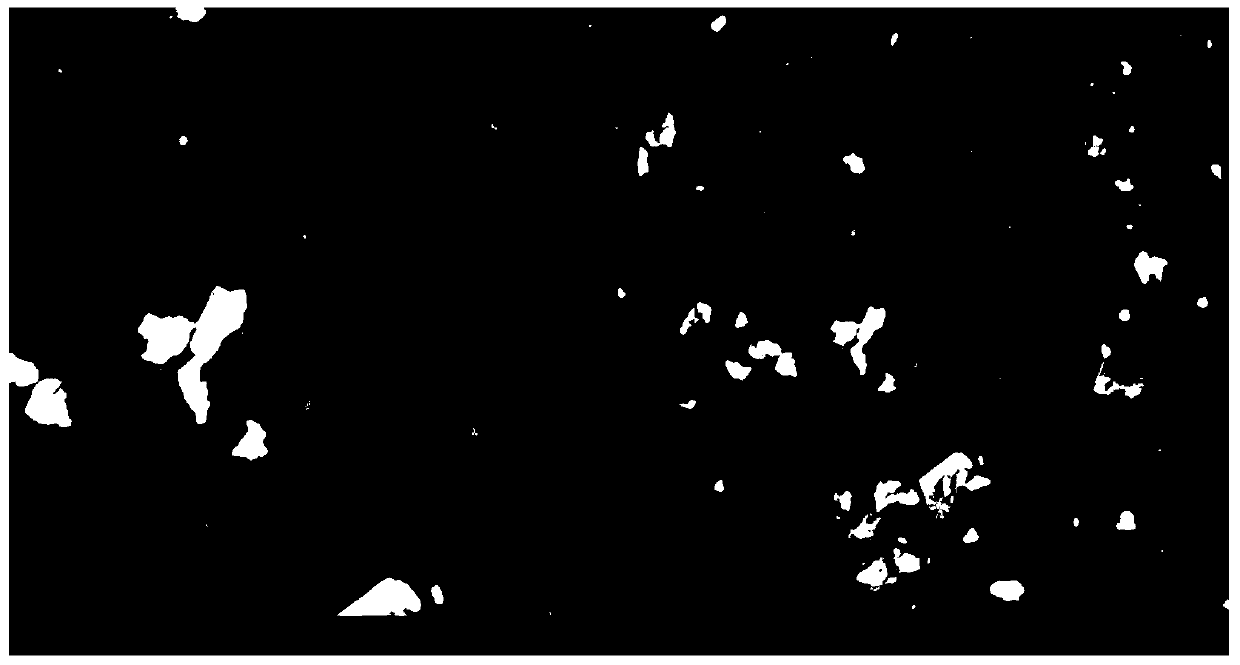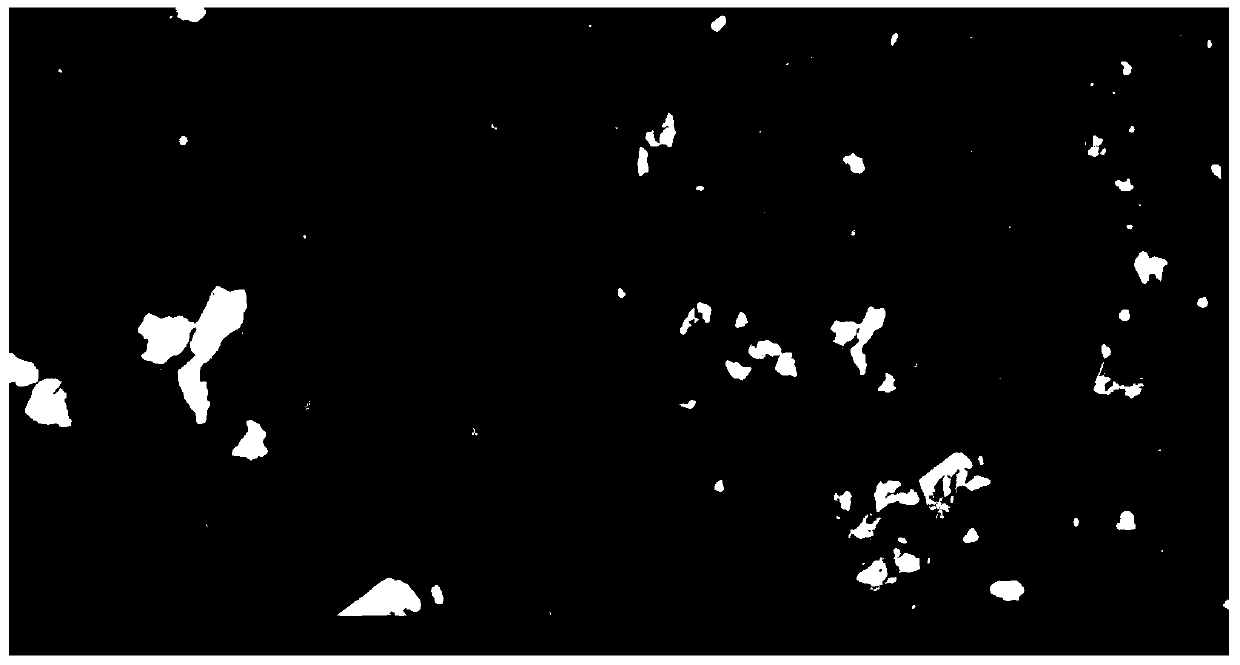Preparation method for organic inorganic composite ceramic nanofiltration membrane
A ceramic nanofiltration membrane, inorganic composite technology, applied in chemical instruments and methods, membrane technology, semi-permeable membrane separation, etc., can solve problems such as easy swelling and degradation, poor solvent resistance, and intolerant high temperature operating conditions
- Summary
- Abstract
- Description
- Claims
- Application Information
AI Technical Summary
Problems solved by technology
Method used
Image
Examples
Embodiment 1
[0023] 1. Membrane tube treatment
[0024] Ultrasound the cut 10nm alumina ceramic membrane tube with a length of about 50cm for 2h, soak it in 1mol / L sodium hydroxide solution for 5h, dry it at 100°C for 24h, and soak it in 3-aminopropanol with a concentration of 2mmol / L after cooling. In the ethyl triethoxysilane ethanol solution, react at room temperature for 12 hours, then rinse with ethanol and deionized water several times in turn, put it in an oven and dry it for 12 hours at a set temperature of 150°C, and then cool in the furnace
[0025] 2. Nanofiltration membrane preparation
[0026] Step 1. Soak the treated membrane tube in a TMC n-hexane solution with a mass fraction of 5 wt%, take it out after reacting at room temperature for 3 minutes, soak it in water and dry it with an air gun;
[0027] Step 2. Soak the membrane tube in an aqueous phase solution containing 10 wt% piperazine, 1 wt% glycerin and 1 wt% sodium phosphate, react at room temperature for 3 minutes, ta...
Embodiment 2
[0033] 1. Membrane tube treatment
[0034] Ultrasound the cut 50nm titanium oxide ceramic membrane tube with a length of about 50cm for 2h, soak it in 1mol / L potassium hydroxide for 10h, dry it at 100°C for 24h, and soak it in 3-aminopropyl with a concentration of 5mmol / L after cooling. In the ethanol solution of triethoxysilane, react at room temperature for 12 hours, then rinse with ethanol and deionized water several times in turn, put it in an oven and dry it at the temperature setting value of 150°C for 12 hours, then cool in the furnace
[0035] 2. Nanofiltration membrane preparation
[0036] Step 1. Soak the treated membrane tube in a TMC n-hexane solution with a mass fraction of 1 wt%, take it out after reacting at room temperature for 10 minutes, soak it in water and dry it with an air gun;
[0037] Step 2. Soak the membrane tube in an aqueous phase solution containing 5wt% piperazine, 1wt% ethylene glycol and 1wt% sodium polyacrylate, react at room temperature for 1...
Embodiment 3
[0043] 1. Membrane tube treatment
[0044] Ultrasound the cut 5nm titanium oxide ceramic membrane tube with a length of about 50cm for 5h, soak it in 1mol / L sodium hydroxide for 10h, dry it at 100°C for 24h, cool it and soak it in 10mmol / L 3-aminopropyl In the ethanol solution of triethoxysilane, react at room temperature for 12 hours, then rinse with ethanol and deionized water several times in turn, put it in an oven and dry it at the temperature setting value of 150°C for 12 hours, then cool in the furnace
[0045] 2. Nanofiltration membrane preparation
[0046] Step 1. Soak the treated membrane tube in a TMC n-hexane solution with a mass fraction of 0.5 wt%, take it out after reacting at room temperature for 15 minutes, soak it in water and dry it with an air gun;
[0047] Step 2. Soak the membrane tube in an aqueous solution containing 1 wt% piperazine, 1 wt% polyethylene glycol and 1 wt% sodium polyacrylate, react at room temperature for 15 minutes, take it out, soak in...
PUM
| Property | Measurement | Unit |
|---|---|---|
| Quality score | aaaaa | aaaaa |
| Quality score | aaaaa | aaaaa |
Abstract
Description
Claims
Application Information
 Login to View More
Login to View More - R&D
- Intellectual Property
- Life Sciences
- Materials
- Tech Scout
- Unparalleled Data Quality
- Higher Quality Content
- 60% Fewer Hallucinations
Browse by: Latest US Patents, China's latest patents, Technical Efficacy Thesaurus, Application Domain, Technology Topic, Popular Technical Reports.
© 2025 PatSnap. All rights reserved.Legal|Privacy policy|Modern Slavery Act Transparency Statement|Sitemap|About US| Contact US: help@patsnap.com


